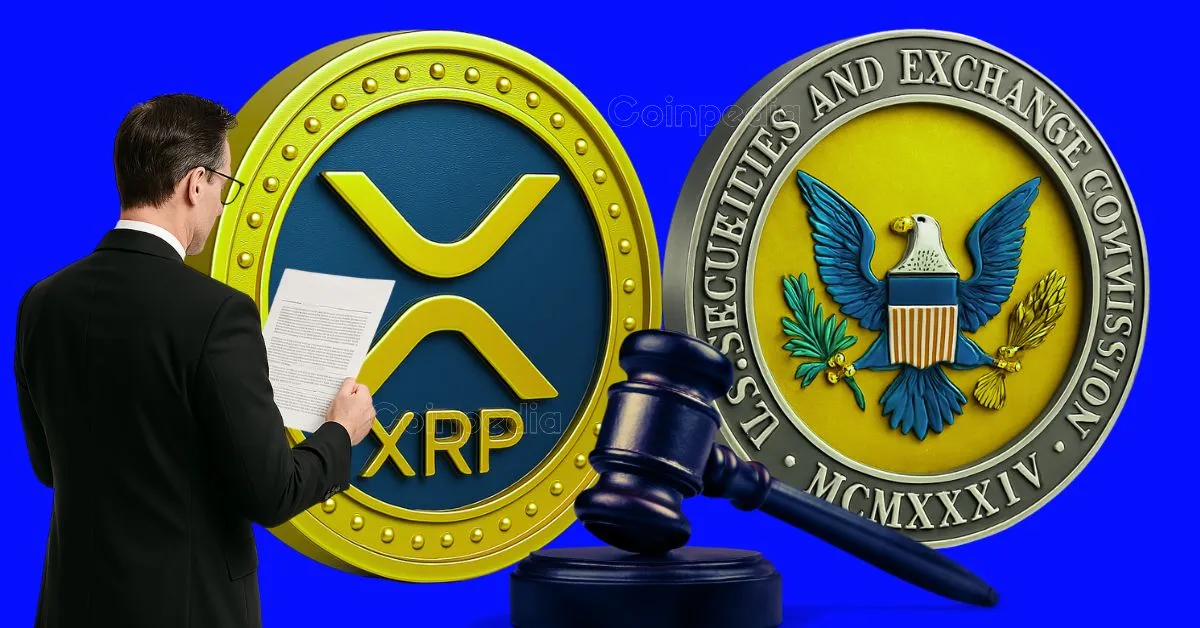Understanding the Ripple vs. SEC Saga: Legal Resolution and Market Ramifications
The prolonged legal confrontation between Ripple Labs and the U.S. Securities and Exchange Commission (SEC) has become emblematic of the broader complexities facing the cryptocurrency landscape. This dispute, stretching over four years, transcended a mere court battle—it influenced regulatory norms, impacted XRP’s market dynamics, and set a precedent for future digital asset governance. Exploring the lawsuit’s evolution, settlement milestones, and subsequent market and industry effects offers an in-depth look at a pivotal moment in crypto’s maturation.
The Legal Backdrop: How the Conflict Began and Evolved
In late 2020, the SEC launched a lawsuit accusing Ripple Labs of selling unregistered securities via XRP tokens. This accusation underscored a central ambiguity in the regulatory treatment of cryptocurrencies: whether certain digital tokens fall under securities laws. Ripple’s XRP quickly became a flashpoint representing the broader regulatory uncertainty in the crypto field.
Initial court rulings highlighted this nuanced ambiguity. A 2023 judgment ruled that Ripple’s “programmatic sales” of XRP did not constitute securities transactions, injecting a degree of judicial clarity. Yet, sales targeting institutional investors were regarded differently, continuing to face scrutiny. These oscillating decisions painted a complex legal tapestry where the definition and treatment of digital assets remained unsettled, reflecting broader challenges regulators and innovators grappled with.
Settlement Developments: Navigating Towards Resolution
A turning point emerged when Ripple and the SEC jointly moved for a settlement agreement. Key highlights from this proposal include:
– Reduced Penalty Figure: Ripple agreed to pay $50 million, a significant reduction from the SEC’s initially sought $125 million fine. This suggests a mutually acceptable compromise balancing accountability and industry pragmatism.
– SEC’s Lawsuit Withdrawal: Crucially, following the settlement filing, the SEC dropped its lawsuit, affirming that XRP does not qualify as a security under existing U.S. law. This legal affirmation is a landmark outcome, shining a light through regulatory fog for Ripple and similar cryptocurrency projects.
– Timeline and Finalization Steps: Although some reports indicated that the settlement was effective as of May 2025, procedural deadlines, including hearings set for June 16, 2025, demonstrate that final official closure involves administrative steps still underway.
– ETFs and Regulatory Caution: Despite this breakthrough, the SEC delayed decisions on XRP-related ETFs such as 21Shares’ spot XRP fund. This signals ongoing prudence, reflecting the agency’s measured approach to new investment vehicles amid evolving market conditions.
Market Responses: Price Behavior and Investor Psychology
The lawsuit’s trajectory and its resolution profoundly influenced XRP’s market environment:
– Price Jumps on Positive News: Announcements linked to settlement talks or legal decisions repeatedly triggered XRP price surges, commonly around 13%, with highs near $2.56 per token. These upward moves were fueled by investor optimism over legal clarity and enhanced prospects for institutional involvement.
– Volatile Fluctuations Amid Uncertainty: Between court rulings and deadline countdowns, XRP’s value swayed considerably, oscillating within specific support ($2.10-$2.25) and resistance ($2.31-$2.36) bands. Legal ambiguity fueled sharp dips exceeding 13%, indicative of trader apprehension during critical inflection points.
– Trading Volume and Corrections: When anticipated court actions or regulatory meetings were postponed, XRP prices corrected downward while volumes dropped up to 40%, reflecting cautious retreat until definitive news emerged.
– Wider Market Impact: Ripple’s case outcome rippled through the crypto ecosystem. Major assets such as Bitcoin and Ethereum experienced correlated gains, while industry participants sharpened their focus on regulatory developments that might shape future market resilience.
Regulatory and Industry Implications: Lessons from the Courtroom
The conclusion of Ripple’s dispute holds significance that extends beyond a single token’s fate:
– Enhanced Regulatory Clarity: The SEC’s concession that XRP is not a security provides a regulatory foothold that can foster more predictable environments for crypto initiatives regarding compliance and product launches.
– Boost to Sector Confidence: The settlement’s positive tone signals to investors and developers that longstanding regulatory uncertainties can be resolved—potentially accelerating innovation in decentralized finance (DeFi) and blockchain projects.
– Potential for Wider Adoption: XRP’s performance in response to legal progress underscores confidence in its functionalities, especially in cross-border payments and enterprise blockchain solutions, which Ripple actively pursues.
– Ongoing Challenges Remain: The SEC’s hesitance on ETF approvals and indications of potential appeals highlight that regulatory landscapes will continue evolving, influenced by political shifts and new legislative efforts.
Closing Thoughts: A Landmark Yet Measured Turning Point
The resolution of the Ripple versus SEC legal confrontation marks a notable milestone in cryptocurrency’s legal and market journey. By affirming XRP’s status outside securities law and agreeing on a financial settlement, both parties have cleared significant hurdles that clouded the token’s future. Investor enthusiasm, reflected in substantial price rallies, emphasizes a collective sigh of relief and renewed faith in crypto’s potential.
However, this victory is not an endpoint but a waypoint. Market volatility in reaction to ongoing regulatory signals reminds stakeholders of the delicate interplay between innovation and oversight that continues to define crypto’s unfolding narrative. The Ripple saga offers a blueprint for navigating these waters—demonstrating perseverance in legal battles, the importance of compromise, and the inevitable dual forces of progress and prudence shaping the future of digital finance.












